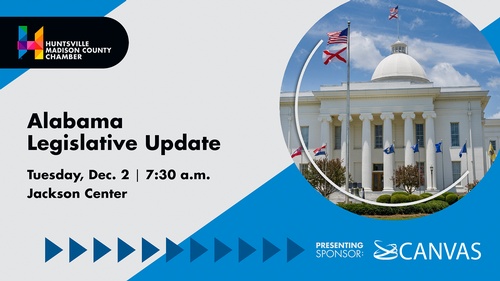NASA was forced to scrub its first and second launch attempts in late August and early September after experiencing problems with a faulty engine temperature sensor and a leaky hydrogen seal on the quick disconnect of the tail service mast umbilical.
This delay, while frustrating, isn’t unusual.
The Space Shuttle, which had the same propulsion architecture as Artemis, experienced similar launch delays approximately 40 percent of the time.
A 2007 analysis found that of the 118 shuttle flights that had flown at the time, 47 lifted off on time. More than half of the delays were caused by technical malfunctions, while foul weather made up about a third of the delays, the Associated Press reported then. Many of those technical delays were caused by hydrogen leaks, similar to the ones recently experienced on Artemis I.
The record was six launch delays, experienced on two Shuttle missions – STS 71 and 61 C. Each mission launch successfully on the seventh effort.
The STS-1 booster was tanked about five times and underwent 12 static fires at Stennis Space Center before it actually launched.
The next launch windows for the Artemis I mission are October 17 – October 31, 2022: with 11 launch opportunities excluding October 24, 25, 26, and 28.
Should those dates not work, the next preliminary dates are Nov. 12 through Nov. 27, with no availability on Nov. 20, 21 or 26 and Dec. 9 through Dec. 23, with no availability on Dec. 10, 14, 18 or 23.




